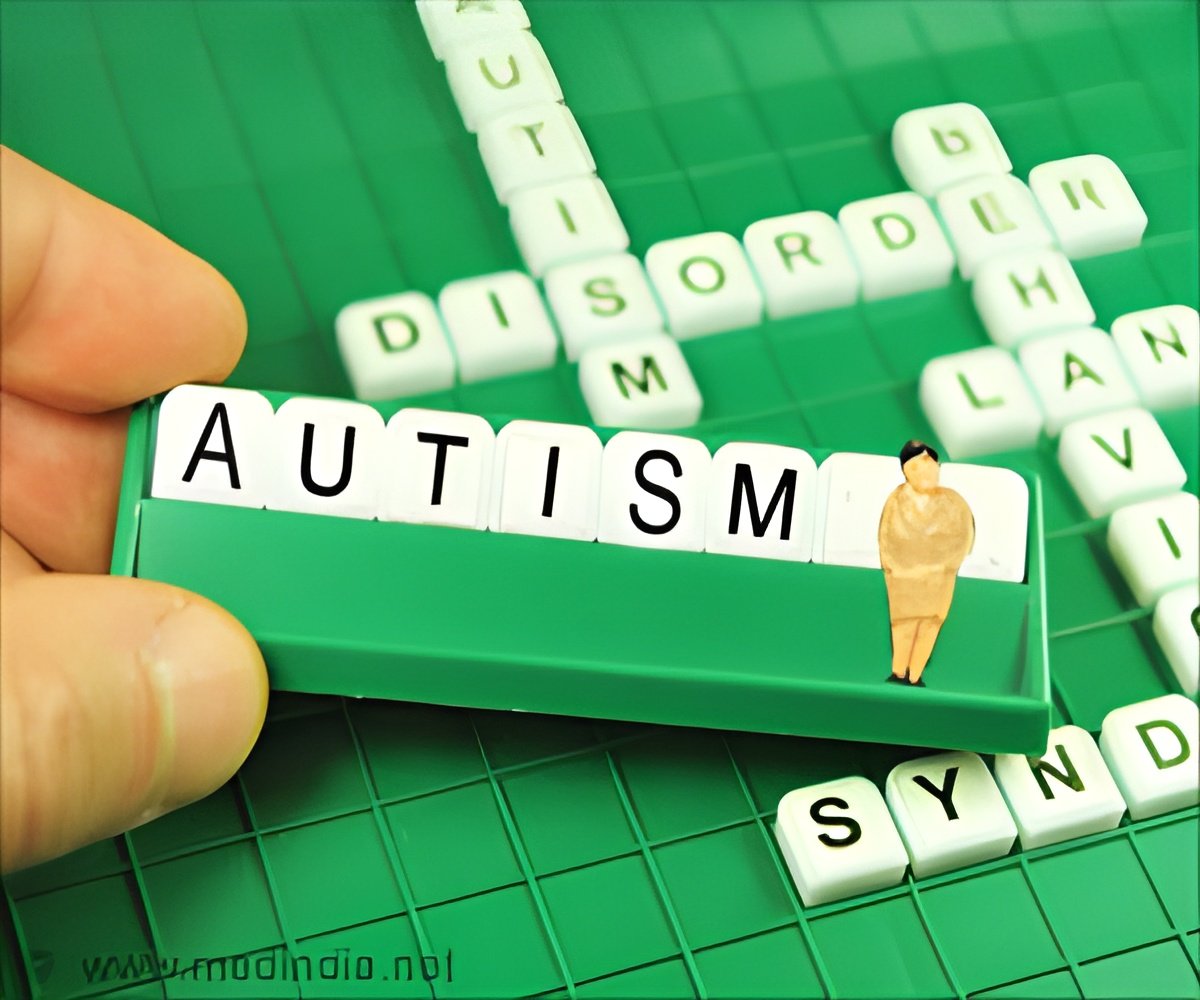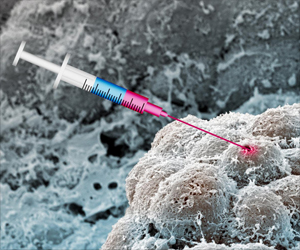More than 68% of individuals with different types of autism spectrum disorder have the same pattern modification of the protein around which DNA wraps.

- Epigenetic modifications are changes in gene activity that do not affect the DNA sequence.
- Individuals with autism spectrum disorder (ASD) similar set of epigenetic modifications in the brain.
- This opens up the possibility of designing drugs to correct these changes.
"We find epigenetic changes that are present in most patients with autism spectrum disorder, or ASD," says co-senior study author Shyam Prabhakar of the Genome Institute of Singapore.
This suggests that, despite tremendous heterogeneity in the primary causes of autism, such as DNA mutations and environmental perturbations during development, ASD has molecular features that are commonly shared.
It is encouraging that ASD has common molecular changes, because this opens up the possibility of designing drugs to correct these changes.
Various genetic and environmental factors are known to contribute to ASD. Many studies have focused on structural changes to the genome or DNA sequence variants in protein-coding genes, but these mutations are rare and account for only a small fraction of cases.
However, many epigenetic studies have focused on a chemical modification of DNA known as methylation, ignoring other important changes that could affect the activity of genes implicated in psychiatric disease.
The researchers focused their analysis on an acetylation mark called H3K27ac because it is implicated in gene activation.
They performed an epigenome-wide search for H3K27ac in post-mortem brain tissue samples from the prefrontal cortex, temporal cortex, and cerebellar cortex of individuals with ASD, along with control subjects, aged 10 years and above.
The findings showed that more than 68% of ASD cases shared a common histone acetylation pattern at 5,000 gene loci, despite the wide range of genetic and environmental causes of ASD.
By analyzing BrainSpan, an atlas of the developing human brain, they found that gene activation at or near 12 months after birth, which corresponds to the stage of synapse formation and neuronal maturation, was particularly strongly associated with increased acetylation in the ASD brain.
"This is the first large-scale study of how histone acetylation in the brain differs between disease and control samples, and part of a wave of new studies examining how the epigenome is perturbed in various diseases," Geschwind says. "Epigenome profiling has allowed us to see shared, unifying themes in what is often considered to be an amalgam of many different diseases rather than one single disease."
The authors are planning follow-up experiments to test these questions.
Because these epigenomic abnormalities point to specific genes and pathways that are altered in the ASD brain, some of them could turn out to be novel drug targets.
Moreover, the study suggests that epigenetic drugs, which are increasingly entering the market as a result of discoveries in the cancer field, could potentially be repurposed for the treatment of ASD.
Source-Medindia














